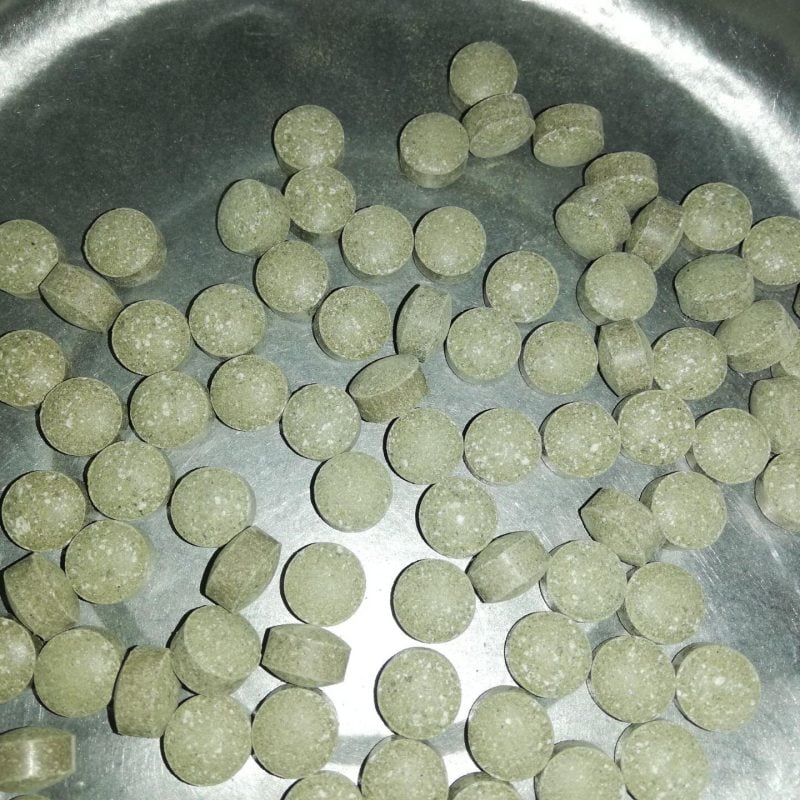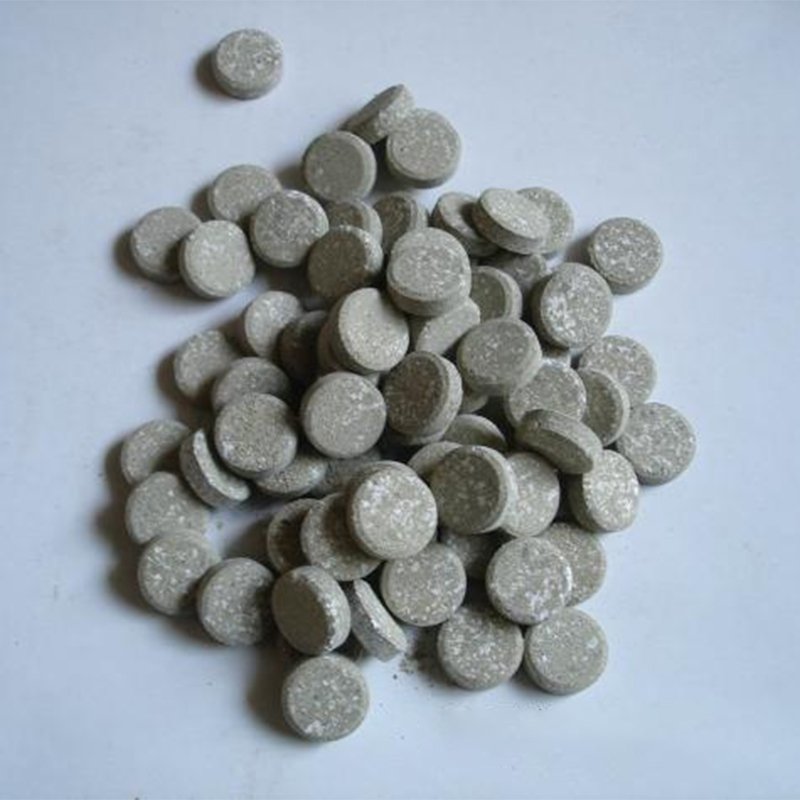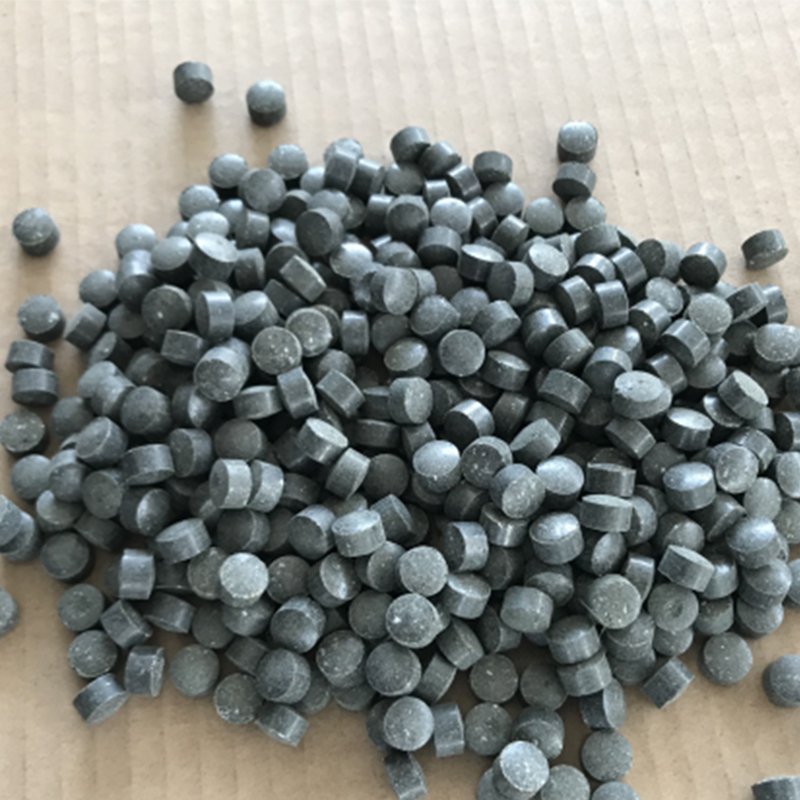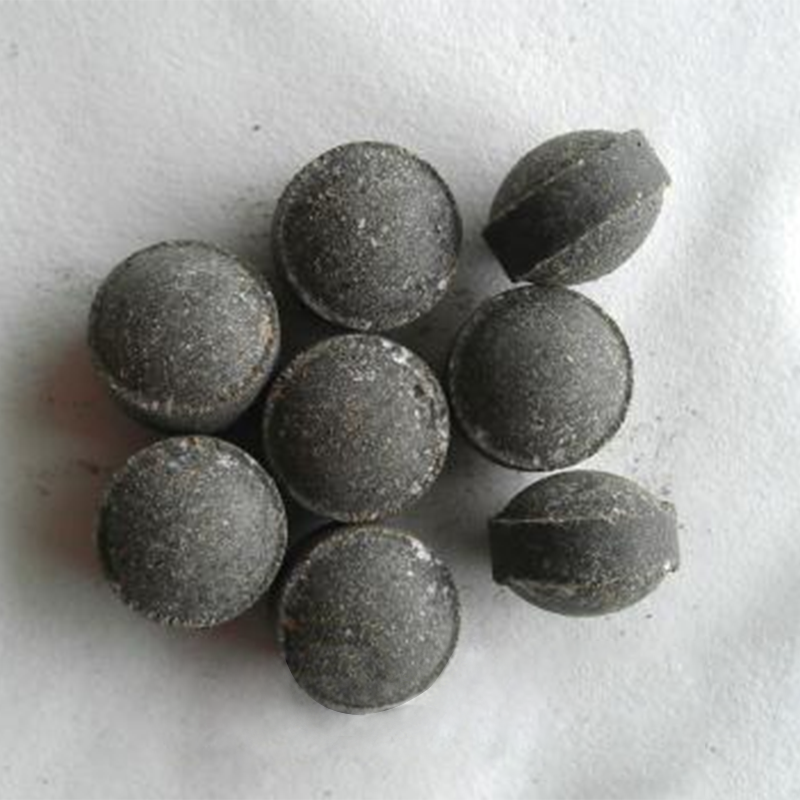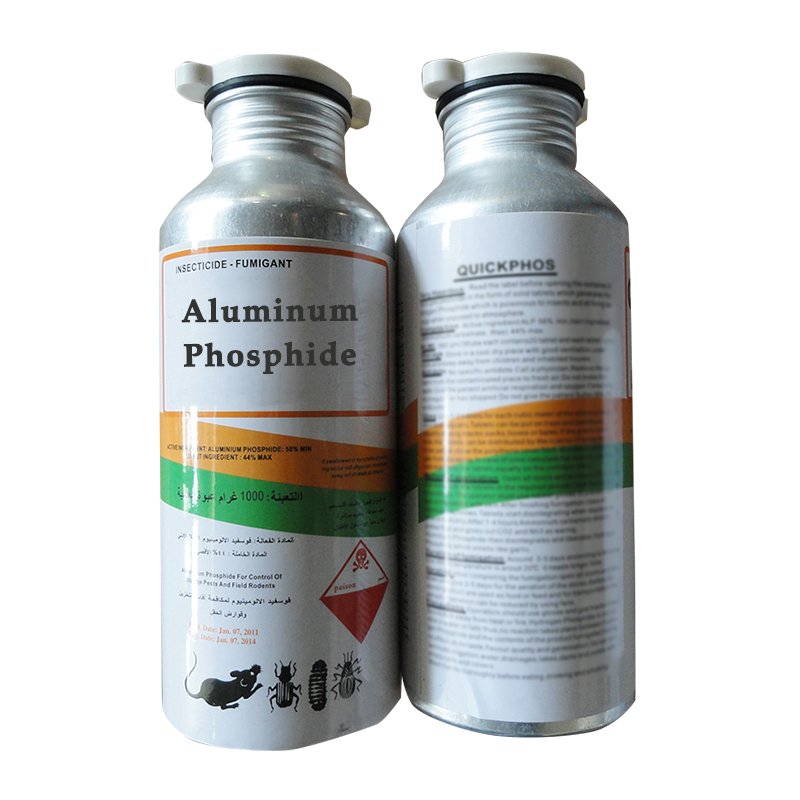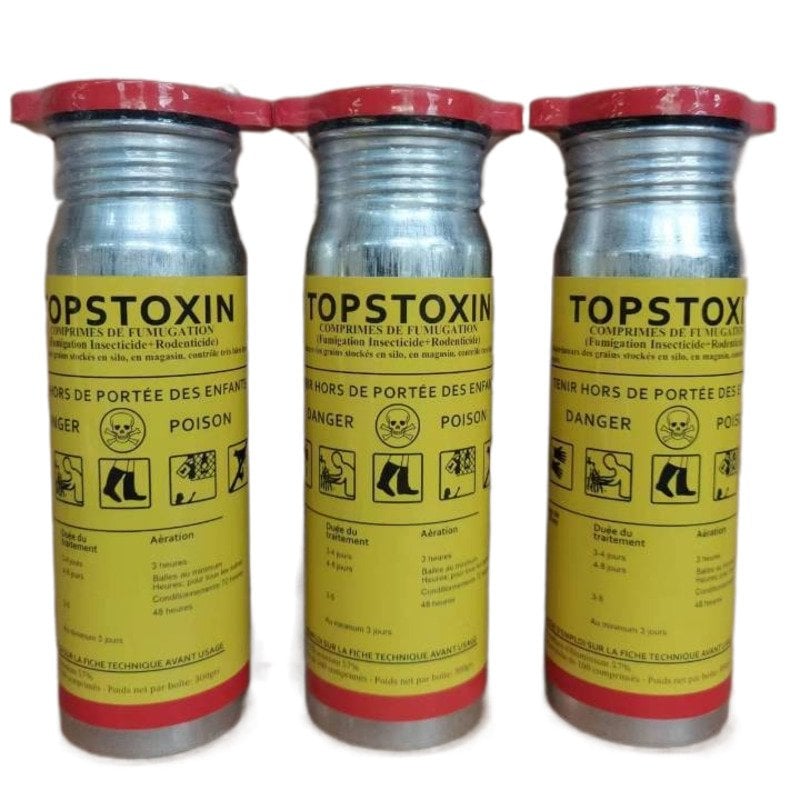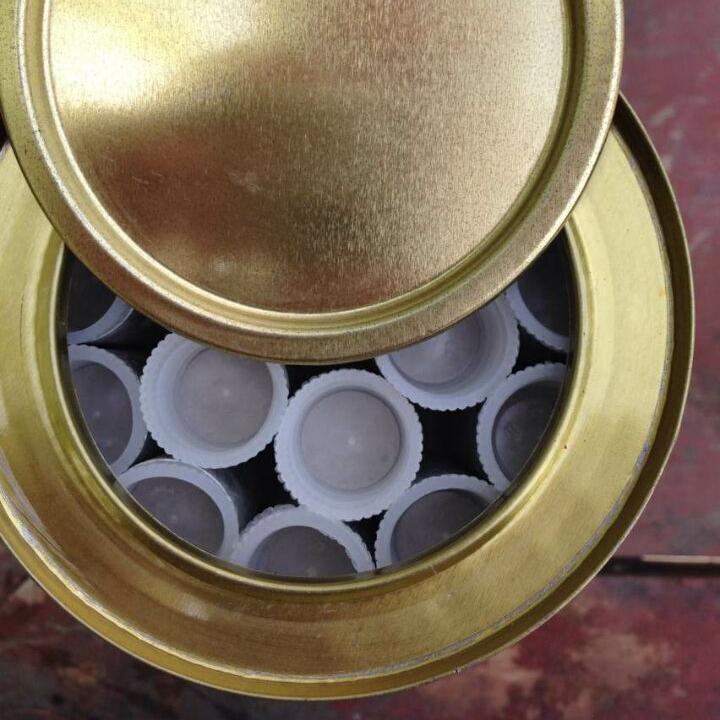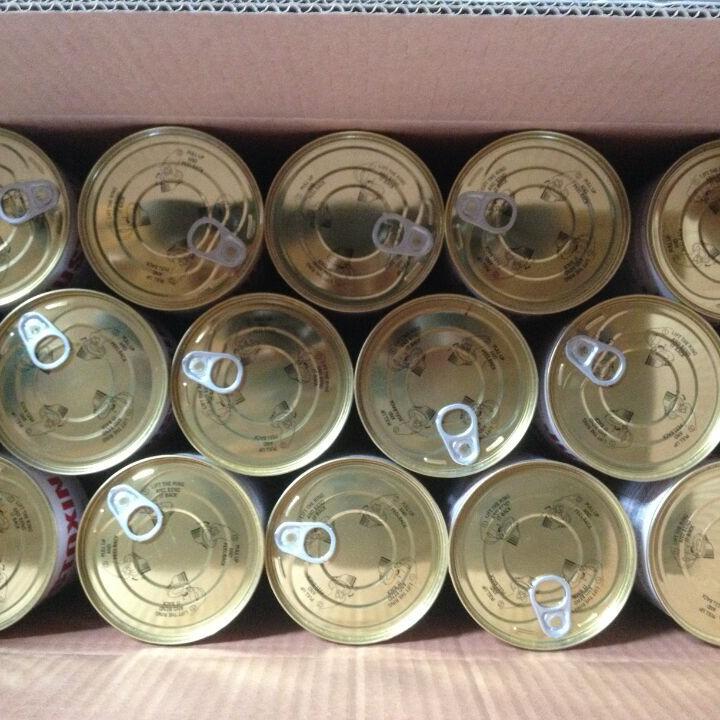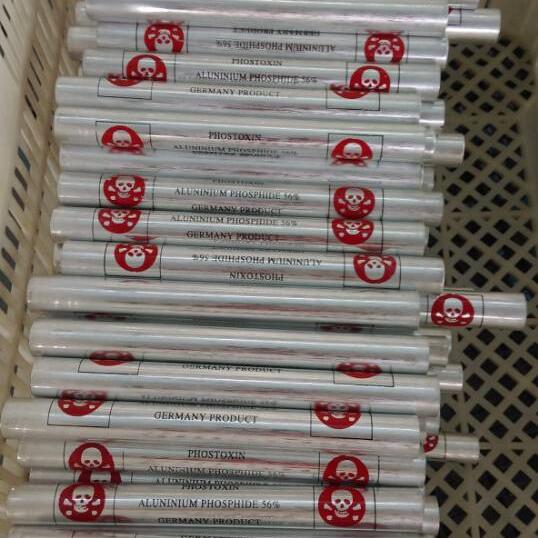What is Aluminum Phosphide Used For?
Aluminum phosphide is a powerful pesticide and fumigant widely used in agriculture, pest control, and even in the treatment of stored products. It’s known for its ability to control a variety of pests, including insects and rodents, by releasing phosphine gas when it reacts with moisture. This gas disrupts the pests’ cellular functions, ultimately killing them. Given its effectiveness, aluminum phosphide is used for pest control in grain storage, warehouses and agriculture.
In this article, we will explore the various uses of aluminum phosphide, its different forms, and how it is applied in various industries. We’ll also highlight precautions for safe usage and its environmental impact.
What is Aluminum Phosphide?
Aluminum phosphide (AlP) is a chemical compound that releases phosphine gas (PH₃) when exposed to moisture. Phosphine is a highly toxic gas that works as a fumigant, which means it spreads through the air to kill insects, rodents, and other pests. Aluminum phosphide is typically used in the form of tablets, pellets, or powder, and it is applied in closed environments such as storage facilities or silos.
Common Applications of Aluminum Phosphide
Aluminum phosphide is widely used in various sectors due to its high efficacy and versatile applications. Let’s take a closer look at the primary uses:
1. Grain and Food Storage
Use: Aluminum phosphide is used to control insect infestations in grain storage, mills and warehouses. It is particularly effective against pests such as grain weevils, rice weevils, cockroaches and other stored product insects.
Application: Aluminum phosphide products are typically used in tablet or granular form. They are placed in sealed storage areas or containers. Once exposed to moisture, the tablets release phosphine gas, which circulates through the space and kills pests.
Why it works: Aluminum phosphide produces a gas that is highly toxic to insects and can even penetrate hard-to-reach areas to ensure complete pest control.
2. Fumigation of Ships and Cargo
Use: Aluminum phosphide is used to fumigate ships, cargo holds and containers transporting agricultural products. The gas is effective in destroying pests that may be present in the cargo or on board.
Application: Aluminum phosphide tablets or pellets are placed in a sealed container or area where the chemical reacts with moisture in the air to release phosphine gas.
Effective for: Aluminum phosphide is cost-effective and can treat large areas in a short period of time, ensuring that pests do not spread during transportation.
3. Agriculture
Uses: Aluminum phosphide is often used by farmers to control rodent and insect pests in crops, especially in areas where pest management is important to avoid severe crop damage.
Applications: Aluminum phosphide tablets or pellets are used in agricultural settings such as fields, silos and barns. They are typically used to fumigate areas where pests are present, creating an inhospitable environment for rodents and insects.
Why it works: Aluminum phosphide provides a quick solution for managing pests in bulk crops and reduces the risk of crop contamination.
4. Pest Control in Commercial Settings
Uses: Aluminum phosphide is also used in warehouses, processing plants and other commercial environments to control rodent and insect pests. It helps maintain a sanitary environment by eliminating pests that can damage products or spread disease.
Applications: fumigation can be done in sealed rooms, containers and even certain parts of processing plants. It is used in tablet or granule form and once activated, it releases phosphine gas that circulates and targets pests.
Why it works: Aluminum phosphide is very efficient, even in large commercial facilities, and can treat hard-to-reach areas where traditional pest control methods may fail.
Forms of Aluminum Phosphide and Where They Are Used
Aluminum phosphide comes in various forms, each suited for different applications. These include:
1. Aluminum phosphide tablets
Applications: Aluminum phosphide tablets are the most commonly used form in grain storage, warehouses and freight containers. They are usually placed directly in sealed environments and release phosphine gas on contact with moisture.
Benefits: Aluminum phosphide tablets are convenient, easy to use and long lasting.
Uses: Grain bins, storage containers and ships.
2. Aluminum phosphide granules/pellets
Applications: Aluminum phosphide granules/pellets work similarly to tablets, but are usually used in larger scale applications. They are ideal for agricultural fumigation or for fumigating large warehouses.
Benefits: Aluminum phosphide granules/pills are typically more economical for treating larger spaces because they release phosphine gas over time.
Uses: Agricultural fields, grain storage facilities and large commercial warehouses.
3. Aluminum Phosphide Powder
Applications: Aluminum phosphide powder is typically used to fumigate larger spaces or more controlled environments where tablet and granular forms are impractical.
Benefits: Aluminum phosphide powder can be mixed with water or other chemicals to tailor the treatment to the environment.
Uses: Large-scale agricultural operations, industrial pest control and commercial storage.
Precautions and Safety Considerations
While aluminum phosphide is highly effective, it is also highly toxic and must be handled with care. Here are some key safety precautions:
- Toxicity: The phosphine gas released by aluminum phosphide is toxic to humans, animals, and insects. Proper ventilation and sealing of treated areas are critical during its use.
- Protective Equipment: Individuals applying aluminum phosphide should wear protective gloves, masks, and ventilated suits to avoid exposure to phosphine gas.
- Storage: It should be stored in cool, dry places, away from any moisture, to prevent accidental release of the toxic gas.
- Regulations: In many countries, the use of aluminum phosphide is regulated due to its potential hazards. Ensure that it is applied according to local regulations and guidelines.
Environmental Impact
Aluminum phosphide’s phosphine gas is toxic to aquatic life, plants, and terrestrial organisms, making it important to use this pesticide responsibly. For instance:
- Avoid spillage or runoff into water sources to prevent contamination of rivers, lakes, and streams.
- Follow proper disposal methods for any residual products or packaging.
Conclusion: Aluminum Phosphide in Pest Control
Aluminum phosphide is a potent and effective pesticide used in grain storage, agriculture, warehouses, and cargo fumigation. Its ability to control a wide range of pests, from insects to rodents, makes it a go-to solution for maintaining pest-free environments. Available in tablet, pellet, and powder forms, it can be adapted to various environments, ensuring that pests are eliminated effectively and efficiently.
However, due to its toxicity, aluminum phosphide must be handled with care, and proper safety measures should be taken during application to minimize risks to humans, animals, and the environment. By understanding how aluminum phosphide works, where and how it is applied, and the necessary precautions, pest control professionals and agricultural workers can safely utilize this powerful tool for long-term pest management.
Frequently Asked Questions (FAQs)
- What is the main use of aluminum phosphide?
- Aluminum phosphide is primarily used to control insect pests in grain storage, warehouses, and agricultural settings. It also plays a key role in fumigating ships and cargo containers.
- How does aluminum phosphide kill pests?
- When exposed to moisture, aluminum phosphide releases phosphine gas, which disrupts cellular processes in insects and rodents, causing paralysis and death.
- Is aluminum phosphide safe to use in homes?
- No, aluminum phosphide should not be used in homes due to its toxic nature. It is meant for use in controlled environments such as warehouses or agricultural settings.
- What are the safety precautions when using aluminum phosphide?
- Protective gear such as gloves, masks, and ventilated suits should be worn during application, and treated areas must be properly sealed to avoid exposure to toxic phosphine gas.
- Can aluminum phosphide be used for all pests?
- Aluminum phosphide is effective against a wide variety of pests, particularly insects and rodents, but it should only be used where fumigation is appropriate.
Aluminum phosphide is a powerful pesticide and fumigant widely used in agriculture, pest control, and even in the treatment of stored products. It’s known for its ability to control a variety of pests, including insects and rodents, by releasing phosphine gas when it reacts with moisture. This gas disrupts the pests’ cellular functions, ultimately killing them. Given its effectiveness, aluminum phosphide is used for pest control in grain storage, warehouses and agriculture.
In this article, we will explore the various uses of aluminum phosphide, its different forms, and how it is applied in various industries. We’ll also highlight precautions for safe usage and its environmental impact.
What is Aluminum Phosphide?
Aluminum phosphide (AlP) is a chemical compound that releases phosphine gas (PH₃) when exposed to moisture. Phosphine is a highly toxic gas that works as a fumigant, which means it spreads through the air to kill insects, rodents, and other pests. Aluminum phosphide is typically used in the form of tablets, pellets, or powder, and it is applied in closed environments such as storage facilities or silos.
Common Applications of Aluminum Phosphide
Aluminum phosphide is widely used in various sectors due to its high efficacy and versatile applications. Let’s take a closer look at the primary uses:
1. Grain and Food Storage
Use: Aluminum phosphide is used to control insect infestations in grain storage, mills and warehouses. It is particularly effective against pests such as grain weevils, rice weevils, cockroaches and other stored product insects.
Application: Aluminum phosphide products are typically used in tablet or granular form. They are placed in sealed storage areas or containers. Once exposed to moisture, the tablets release phosphine gas, which circulates through the space and kills pests.
Why it works: Aluminum phosphide produces a gas that is highly toxic to insects and can even penetrate hard-to-reach areas to ensure complete pest control.
2. Fumigation of Ships and Cargo
Use: Aluminum phosphide is used to fumigate ships, cargo holds and containers transporting agricultural products. The gas is effective in destroying pests that may be present in the cargo or on board.
Application: Aluminum phosphide tablets or pellets are placed in a sealed container or area where the chemical reacts with moisture in the air to release phosphine gas.
Effective for: Aluminum phosphide is cost-effective and can treat large areas in a short period of time, ensuring that pests do not spread during transportation.
3. Agriculture
Uses: Aluminum phosphide is often used by farmers to control rodent and insect pests in crops, especially in areas where pest management is important to avoid severe crop damage.
Applications: Aluminum phosphide tablets or pellets are used in agricultural settings such as fields, silos and barns. They are typically used to fumigate areas where pests are present, creating an inhospitable environment for rodents and insects.
Why it works: Aluminum phosphide provides a quick solution for managing pests in bulk crops and reduces the risk of crop contamination.
4. Pest Control in Commercial Settings
Uses: Aluminum phosphide is also used in warehouses, processing plants and other commercial environments to control rodent and insect pests. It helps maintain a sanitary environment by eliminating pests that can damage products or spread disease.
Applications: fumigation can be done in sealed rooms, containers and even certain parts of processing plants. It is used in tablet or granule form and once activated, it releases phosphine gas that circulates and targets pests.
Why it works: Aluminum phosphide is very efficient, even in large commercial facilities, and can treat hard-to-reach areas where traditional pest control methods may fail.
Forms of Aluminum Phosphide and Where They Are Used
Aluminum phosphide comes in various forms, each suited for different applications. These include:
1. Aluminum phosphide tablets
Applications: Aluminum phosphide tablets are the most commonly used form in grain storage, warehouses and freight containers. They are usually placed directly in sealed environments and release phosphine gas on contact with moisture.
Benefits: Aluminum phosphide tablets are convenient, easy to use and long lasting.
Uses: Grain bins, storage containers and ships.
2. Aluminum phosphide granules/pellets
Applications: Aluminum phosphide granules/pellets work similarly to tablets, but are usually used in larger scale applications. They are ideal for agricultural fumigation or for fumigating large warehouses.
Benefits: Aluminum phosphide granules/pills are typically more economical for treating larger spaces because they release phosphine gas over time.
Uses: Agricultural fields, grain storage facilities and large commercial warehouses.
3. Aluminum Phosphide Powder
Applications: Aluminum phosphide powder is typically used to fumigate larger spaces or more controlled environments where tablet and granular forms are impractical.
Benefits: Aluminum phosphide powder can be mixed with water or other chemicals to tailor the treatment to the environment.
Uses: Large-scale agricultural operations, industrial pest control and commercial storage.
Precautions and Safety Considerations
While aluminum phosphide is highly effective, it is also highly toxic and must be handled with care. Here are some key safety precautions:
- Toxicity: The phosphine gas released by aluminum phosphide is toxic to humans, animals, and insects. Proper ventilation and sealing of treated areas are critical during its use.
- Protective Equipment: Individuals applying aluminum phosphide should wear protective gloves, masks, and ventilated suits to avoid exposure to phosphine gas.
- Storage: It should be stored in cool, dry places, away from any moisture, to prevent accidental release of the toxic gas.
- Regulations: In many countries, the use of aluminum phosphide is regulated due to its potential hazards. Ensure that it is applied according to local regulations and guidelines.
Environmental Impact
Aluminum phosphide’s phosphine gas is toxic to aquatic life, plants, and terrestrial organisms, making it important to use this pesticide responsibly. For instance:
- Avoid spillage or runoff into water sources to prevent contamination of rivers, lakes, and streams.
- Follow proper disposal methods for any residual products or packaging.
Conclusion: Aluminum Phosphide in Pest Control
Aluminum phosphide is a potent and effective pesticide used in grain storage, agriculture, warehouses, and cargo fumigation. Its ability to control a wide range of pests, from insects to rodents, makes it a go-to solution for maintaining pest-free environments. Available in tablet, pellet, and powder forms, it can be adapted to various environments, ensuring that pests are eliminated effectively and efficiently.
However, due to its toxicity, aluminum phosphide must be handled with care, and proper safety measures should be taken during application to minimize risks to humans, animals, and the environment. By understanding how aluminum phosphide works, where and how it is applied, and the necessary precautions, pest control professionals and agricultural workers can safely utilize this powerful tool for long-term pest management.
Frequently Asked Questions (FAQs)
- What is the main use of aluminum phosphide?
- Aluminum phosphide is primarily used to control insect pests in grain storage, warehouses, and agricultural settings. It also plays a key role in fumigating ships and cargo containers.
- How does aluminum phosphide kill pests?
- When exposed to moisture, aluminum phosphide releases phosphine gas, which disrupts cellular processes in insects and rodents, causing paralysis and death.
- Is aluminum phosphide safe to use in homes?
- No, aluminum phosphide should not be used in homes due to its toxic nature. It is meant for use in controlled environments such as warehouses or agricultural settings.
- What are the safety precautions when using aluminum phosphide?
- Protective gear such as gloves, masks, and ventilated suits should be worn during application, and treated areas must be properly sealed to avoid exposure to toxic phosphine gas.
- Can aluminum phosphide be used for all pests?
- Aluminum phosphide is effective against a wide variety of pests, particularly insects and rodents, but it should only be used where fumigation is appropriate.

